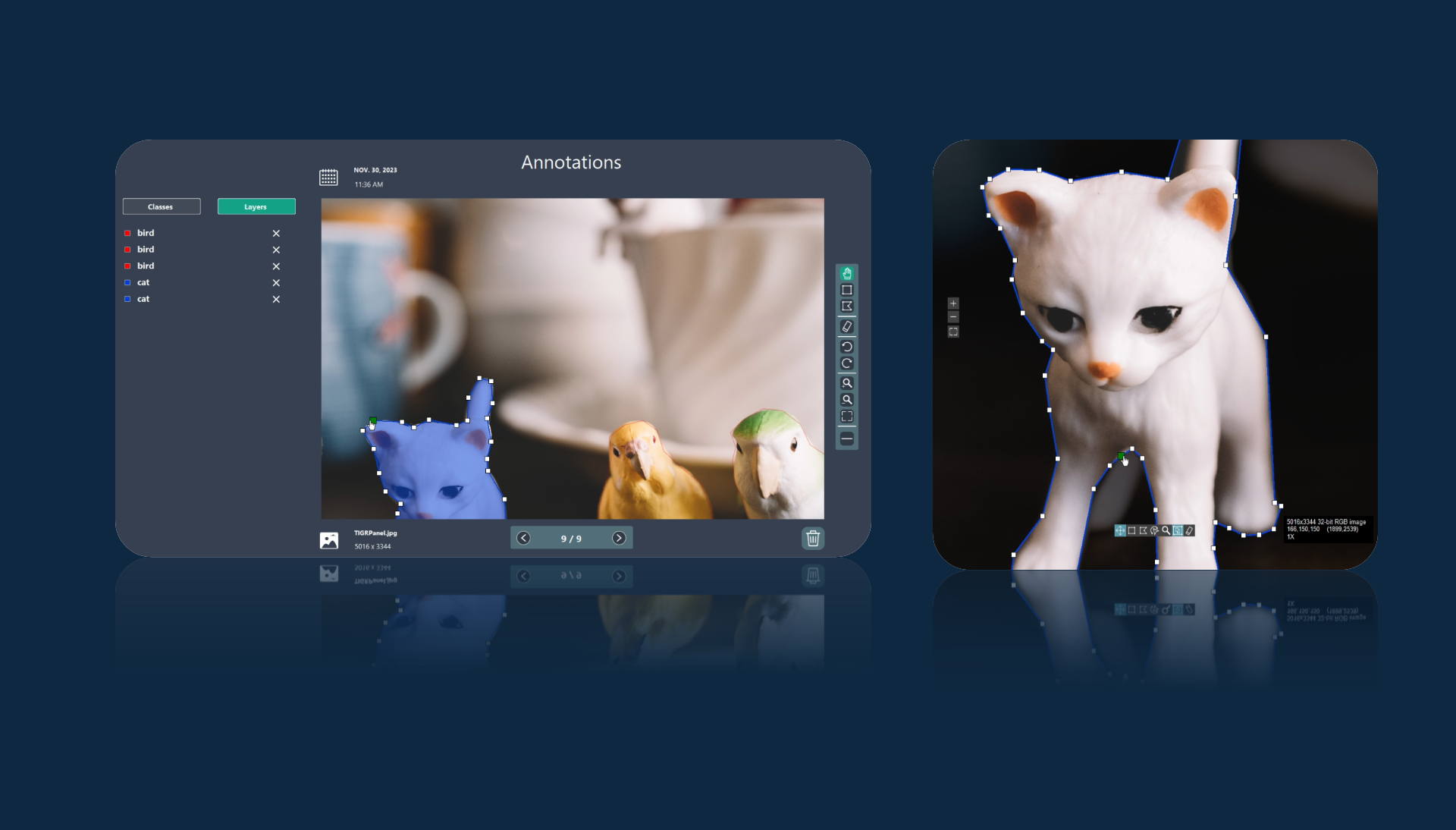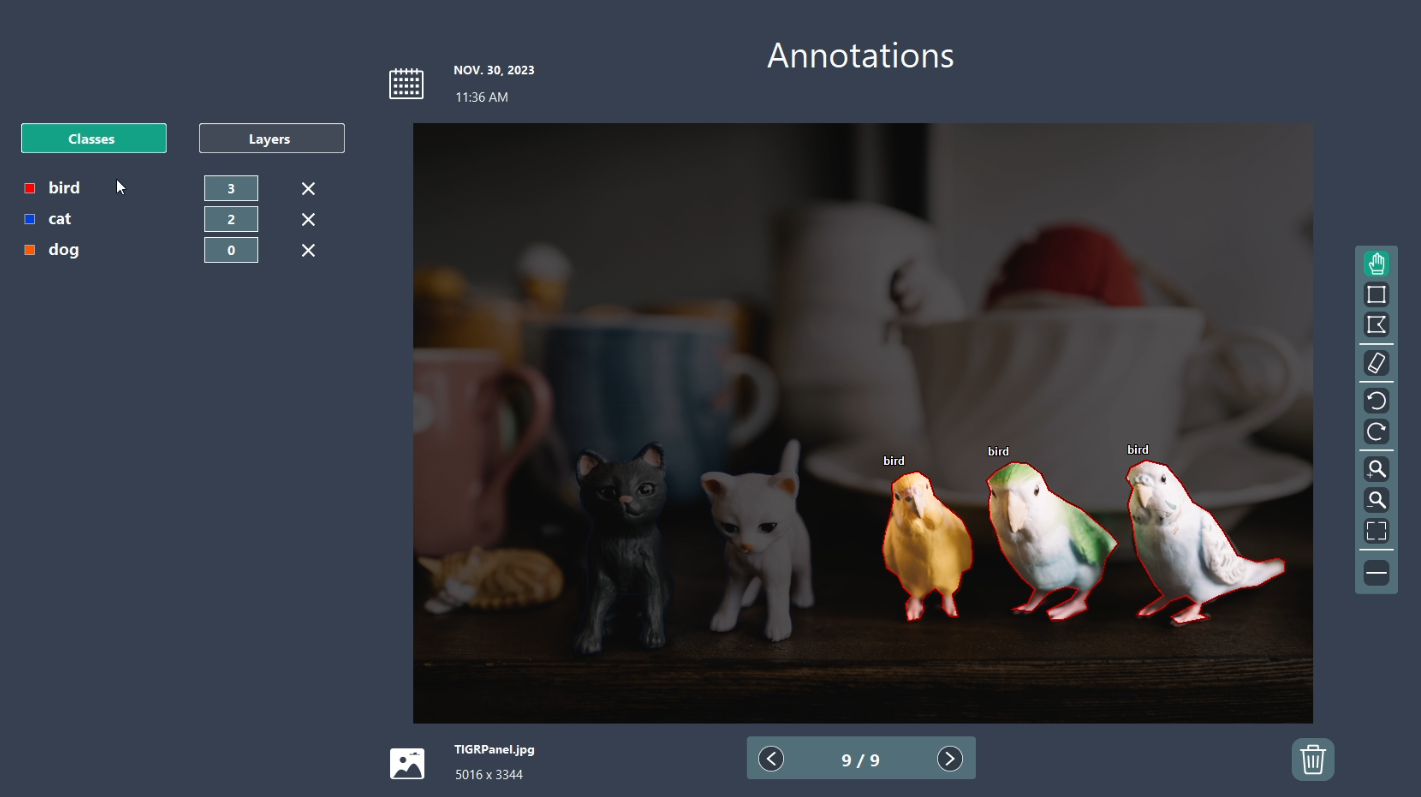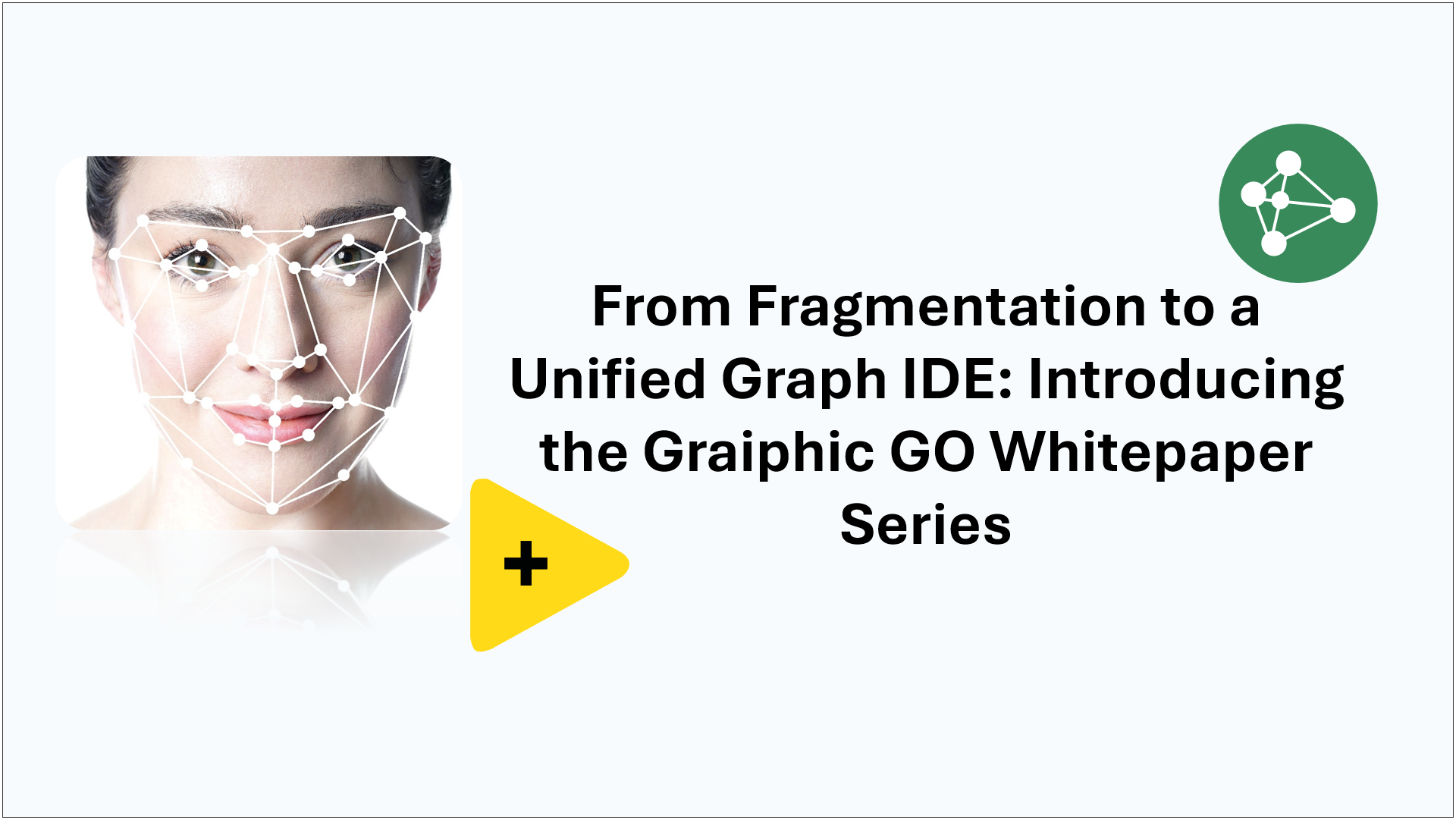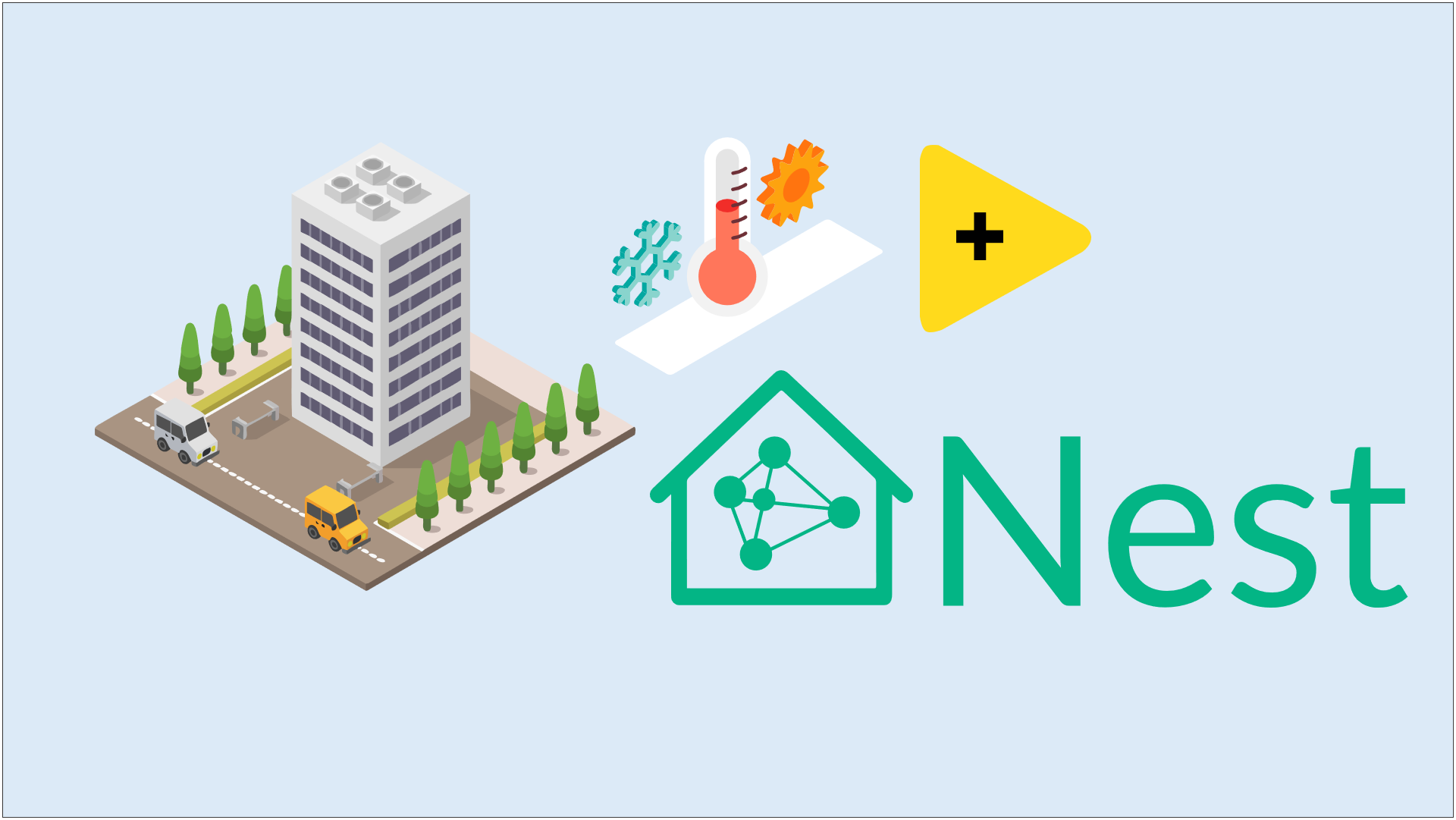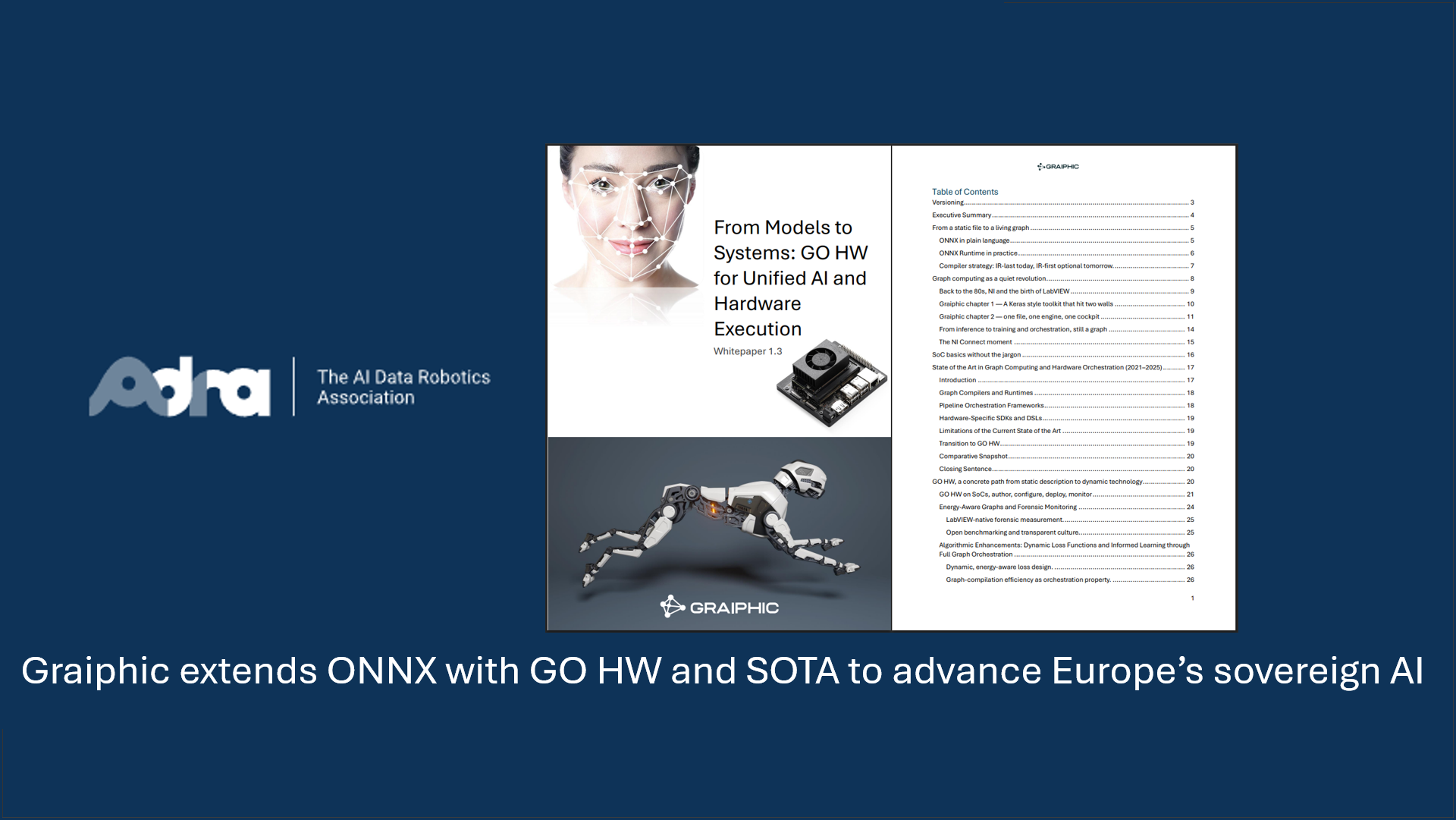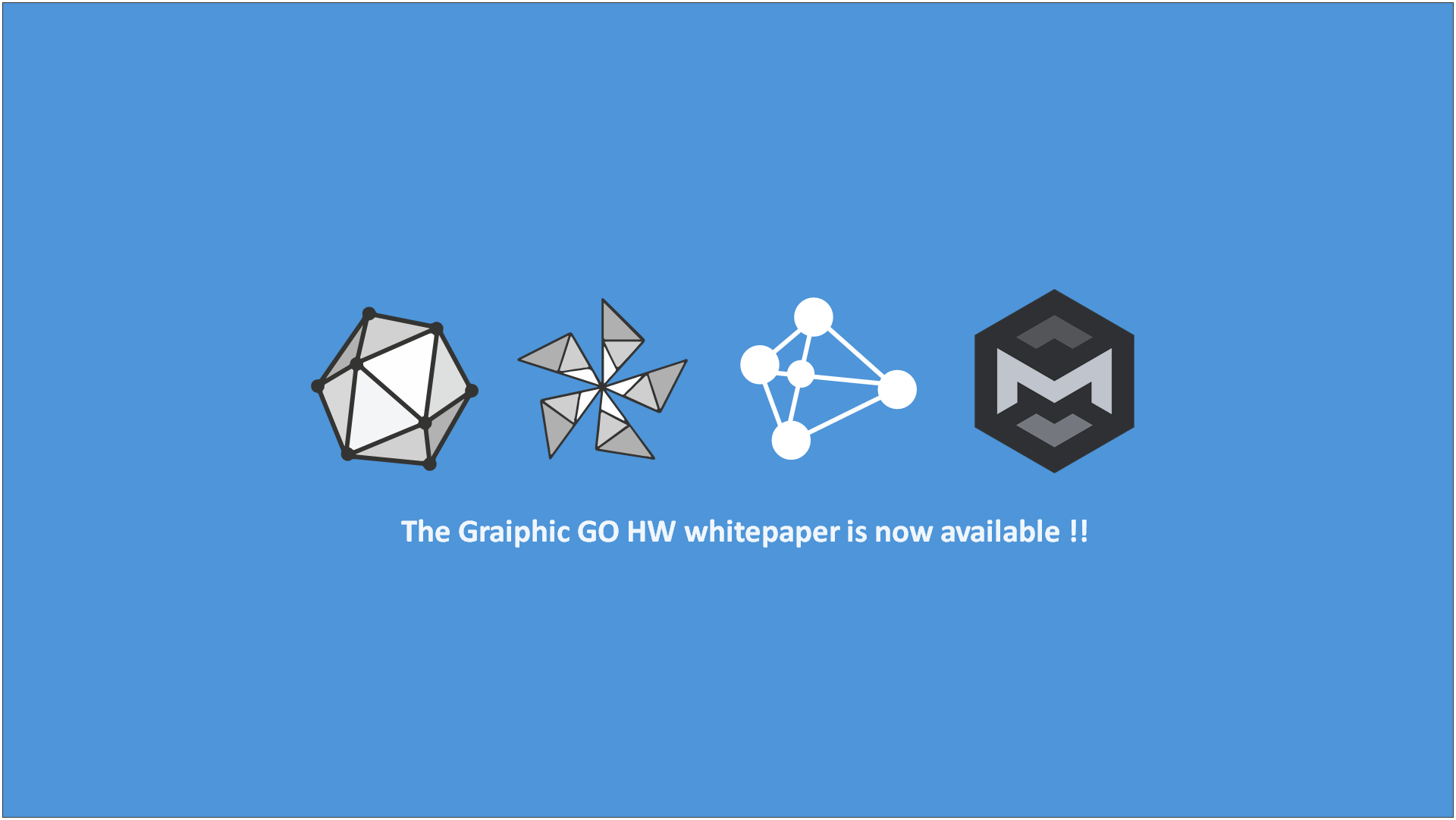A Vision Put on Hold
The development of Annotator began six months ago, driven by the vision of creating an all-in-one platform to streamline the entire AI project lifecycle—annotation, preprocessing, training, and deployment. However, as ambitious as this vision was, we had to temporarily pause its progress to focus on a critical aspect of AI development: training capabilities.
This decision wasn’t made lightly. While Annotator was designed to simplify workflows and reduce the technical barriers of AI implementation, we realized that without integrated training functionality, the tool wouldn’t fully meet the needs of modern AI developers. This led us to prioritize contributing to ONNX Runtime, enabling us to implement the missing components necessary for training models directly within the platform.
Why the Pause?
During Annotator’s development, we encountered a key challenge: the lack of training gradients in ONNX Runtime that are critical for building and training complex models, particularly in computer vision applications. Rather than delay this crucial feature, we decided to redirect our resources and expertise toward contributing to the ONNX Runtime ecosystem.
Since December, we’ve become active contributors to ONNX Runtime, focusing specifically on enhancing its training capabilities. This work includes implementing essential training nodes, such as Atan, which is critical for enabling advanced model architectures. Our goal is to make ONNX Runtime a robust platform capable of supporting end-to-end AI workflows, from training to deployment, and integrate these capabilities seamlessly into Annotator.
Annotator in Action: Simplifying Multi-Class Annotations with Precision
What This Means for Annotator
When development resumes, Annotator will not just be a data annotation tool—it will be a fully integrated platform capable of handling model training directly. The first models supported will come from the YOLO family, renowned for their efficiency in object detection and segmentation tasks.
This integration means you’ll be able to:
- Annotate, augment, and preprocess your data with ease.
- Train cutting-edge models like YOLO v11 without relying on external frameworks such as PyTorch.
- Seamlessly transition from data preparation to deployment within a single environment.
By pausing Annotator’s development to address this critical gap, we are ensuring that the final product meets the highest standards of usability and performance.
Looking Ahead
When Annotator relaunches, it will not only simplify the AI development workflow but also empower users with a tool that can handle every stage of a project—from data to deployment. Our contributions to ONNX Runtime are laying the foundation for these capabilities, and we’re excited to bring this vision to life.
Stay tuned for updates as we finalize these improvements. Annotator is not just a tool—it’s a game-changing solution that will redefine how you approach AI development.




